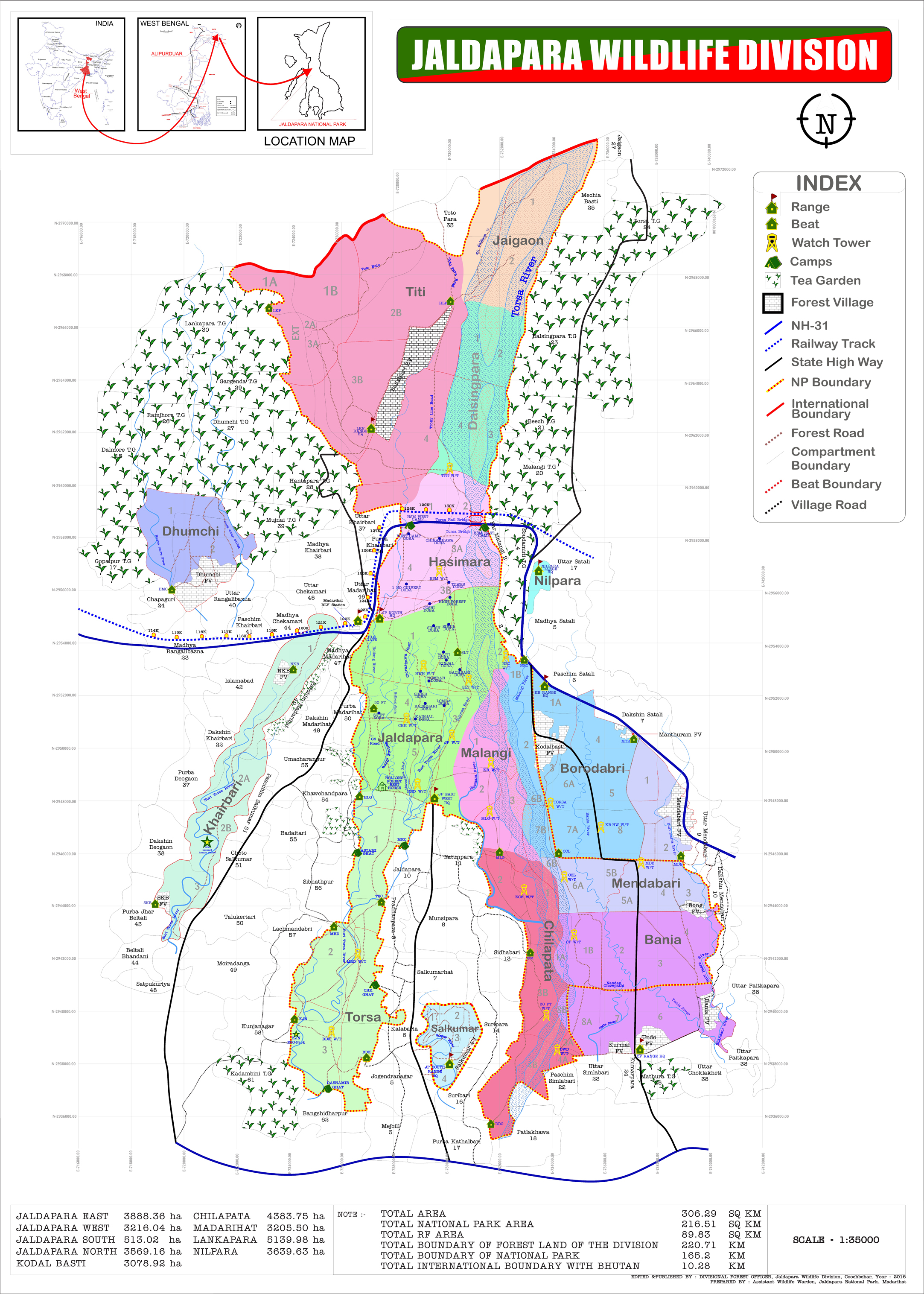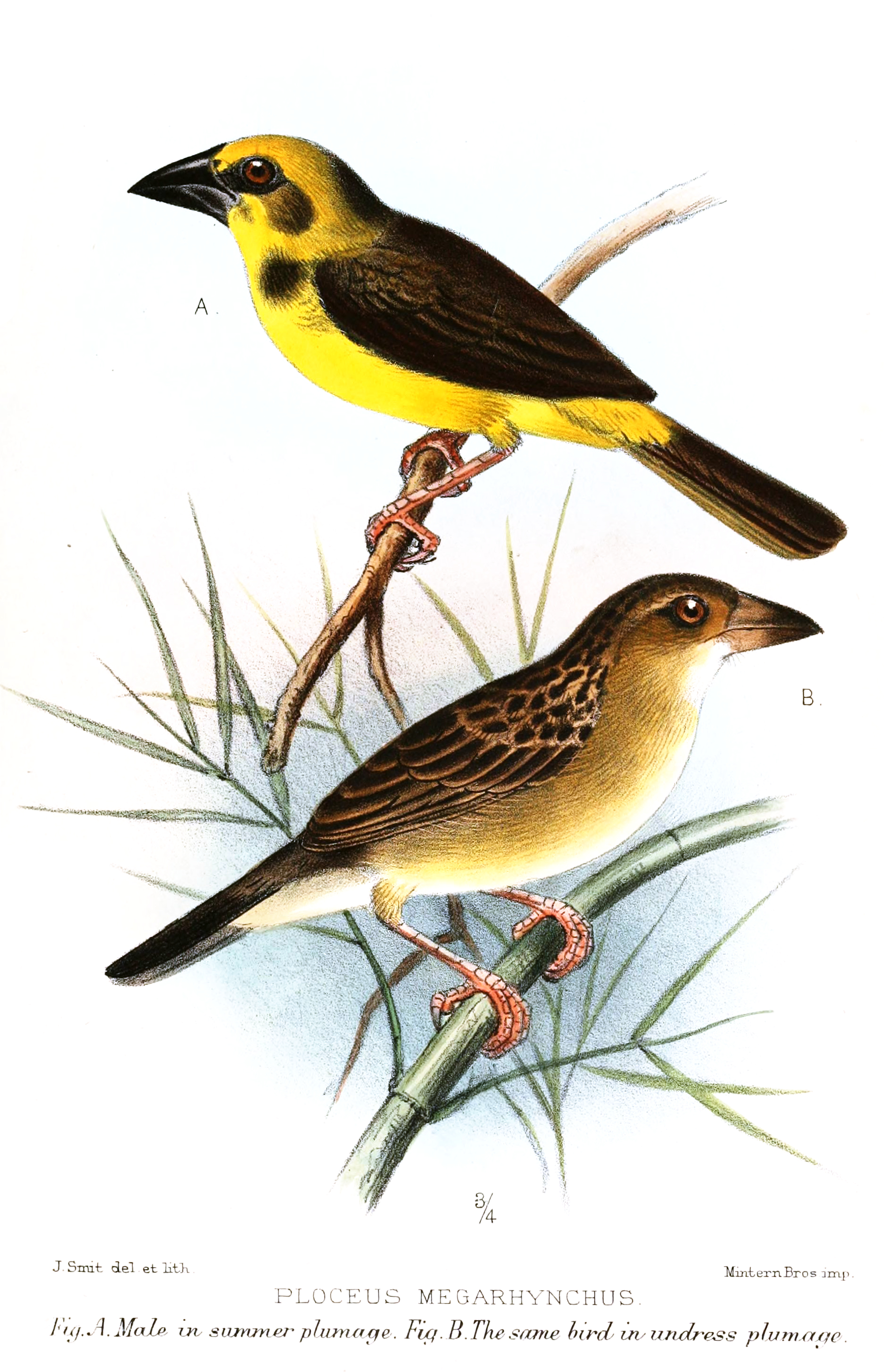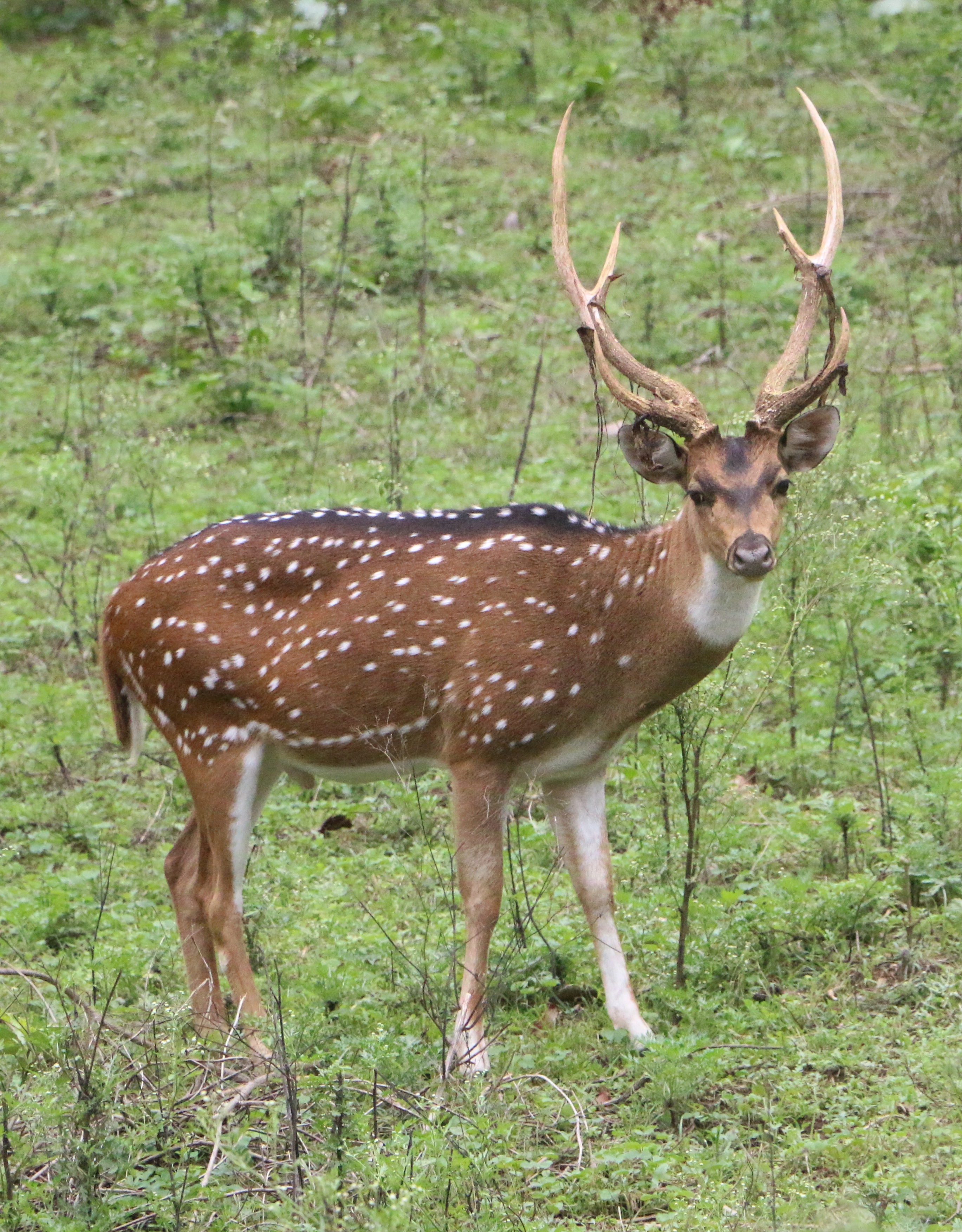|
Jaldapara National Park
Jaldapara National Park (Pron: ˌʤʌldəˈpɑ:rə) is a national park situated at the foothills of the Eastern Himalayas in Alipurduar, Alipurduar District of northern West Bengal, India, and on the banks of the Torsa River. Jaldapara is situated at an altitude of 61 m and is spread across of vast grassland with patches of riverine forests. It was declared a sanctuary in 1941 for protection of its great variety of flora and fauna. Today, the park has the largest population of the Indian one-horned rhinoceros in the state, an animal threatened with extinction, and is a Habitat management area (Category IV). The nearby Chilapata Forests is an elephant corridor between Jaldapara and the Buxa Tiger Reserve. Nearby is the |
Districts Of West Bengal
The Himalayas lies in the north of West Bengal and the Bay of Bengal is at the south. Between them, the river Ganga flows eastwards and its main distributary, the Hooghly River, flows south to reach the Bay of Bengal. The Siliguri Corridor, which connects North-East India with rest of the India, lies in the North Bengal region of the state. Geographically, West Bengal is divided into a variety of regions—Darjeeling Himalayan hill region, Terai and Dooars region, North Bengal plains, Rarh region, Western plateau and high lands, coastal plains, Sundarbans and the Ganga Delta. In 1947, when India gained independence, the state of West Bengal was formed, with 14 districts, as per partition plan of the then Bengal province of British India. The former princely state Koch Bihar joined as a district on 26 January 1950, and the former French enclave Chandannagore joined as part of the Hooghly district in 1954. The States Reorganisation Act of 1956 led to addition of Purulia district ... [...More Info...] [...Related Items...] OR: [Wikipedia] [Google] [Baidu] |
Kaziranga National Park
Kaziranga National Park is a national park in the Golaghat and Nagaon districts of the state of Assam, India. The park, which hosts two-thirds of the world's great one-horned rhinoceroses, is a World Heritage Site. According to the census held in March 2018 which was jointly conducted by the Forest Department of the Government of Assam and some recognized wildlife NGOs, the rhino population in Kaziranga National Park is 2,613. It comprises 1,641 adult rhinos (642 males, 793 females, 206 unsexed); 387 sub-adults (116 males, 149 females, 122 unsexed); and 385 calves. In 2015, the rhino population stood at 2401. Kaziranga National Park was declared a Tiger Reserve in 2006. The park is home to large breeding populations of elephants, wild water buffalo, and swamp deer. Kaziranga is recognized as an Important Bird Area by BirdLife International for conservation of avifaunal species. When compared with other protected areas in India, Kaziranga has achieved notable success in wildlife ... [...More Info...] [...Related Items...] OR: [Wikipedia] [Google] [Baidu] |
Finn's Weaver
Finn's weaver (''Ploceus megarhynchus''), also known as Finn's baya and yellow weaver is a weaver bird species native to the Ganges and Brahmaputra valleys in India and Nepal. Two subspecies are known; the nominate subspecies occurs in the Kumaon area and ''salimalii'' in the eastern Terai. The species was described and given its binomial name by Allan Octavian Hume based on a specimen obtained at Kaladhungi near Nainital. Etymology The species was called "Eastern baya" by Oates in 1889 and called Finn's baya after Frank Finn by E. C. Stuart Baker in 1925. Distribution and habitat Finn's weaver was first observed in Shuklaphanta National Park in May 1996 and is a regular summer visitor. Behaviour and ecology Finn's weaver breeds from May to September.BirdLife International (2009) Species factsheet: ''Ploceus megarhynchus''BirdLife International: ''Yellow Weaver''/ref> It builds a nest on top of trees or in reeds. The nest is different in structure from the other weaver ... [...More Info...] [...Related Items...] OR: [Wikipedia] [Google] [Baidu] |
Shikra
The shikra (''Accipiter badius'') is a small bird of prey in the family Accipitridae found widely distributed in Asia and Africa where it is also called the little banded goshawk. The African forms may represent a separate species but have usually been considered as subspecies of the shikra. The shikra is very similar in appearance to other sparrowhawk species including the Chinese goshawk and Eurasian sparrowhawk. They have a sharp two note call and have the typical flap and glide flight. Their calls are imitated by drongos and the common hawk-cuckoo resembles it in plumage. Taxonomy The shikra was formally described in 1788/1789 by the German naturalist Johann Friedrich Gmelin in his revised and expanded edition of Carl Linnaeus's ''Systema Naturae''. He placed it with the eagles, hawks and relatives in the genus '' Falco'' and coined the binomial name ''Falco badius''. Gmelin description was based on the "brown hawk" from Ceylon that had been described and illustrated in 177 ... [...More Info...] [...Related Items...] OR: [Wikipedia] [Google] [Baidu] |
Pallas's Fish Eagle
Pallas's fish eagle (''Haliaeetus leucoryphus''), also known as Pallas's sea eagle or band-tailed fish eagle, is a large, brownish sea eagle. It breeds in the east Palearctic in Kazakhstan, Russia, Tajikistan, Turkmenistan, Uzbekistan, Mongolia, China, India, Nepal, Bangladesh, Myanmar and Bhutan. It is listed as Endangered on the IUCN Red List. It is partially migratory, with Central Asian birds wintering among the southern Asian birds in northern India, and also further west to the Persian Gulf. Description The Pallas's fish eagle has a light sandy-brown hood and a whitish face. The wings are darker brown and the back rufous. The long, slender wings (particularly slender for a sea eagle) are rather dark brown underneath. The tail is black with a wide, distinctive white stripe. Juveniles are overall darker, cooler brown with no band on the tail but with several pale areas on the wing, including the underwing coverts and inner primaries. This results in underwings that have a ... [...More Info...] [...Related Items...] OR: [Wikipedia] [Google] [Baidu] |
Crested Eagle
The crested eagle (''Morphnus guianensis'') is a large Neotropical eagle. It is the only member of the genus ''Morphnus''. The crested eagle can grow up to long, with a wingspan up to , and weigh up to . The plumage varies between a light brownish-gray to sooty gray or even blackish in some cases. It has a white throat and a dark spot on the crest and a small dark mask across the eyes. It ranges extensively throughout Central and South America, but not in large numbers. favoring tropical lowland forest. A powerful predator, its diet consist mainly of small mammals, rodents, snakes and smaller birds. Despite their large distribution, they are currently classified as Near Threatened by the IUCN, due mainly to habitat loss Description This species is a large but slender eagle. It measures long and has a wingspan of . A small handful of crested eagles have been weighed and have scaled from . The average weight of crested eagles in Tikal, Guatemala was claimed to be only , with a ... [...More Info...] [...Related Items...] OR: [Wikipedia] [Google] [Baidu] |
Bengal Florican
The Bengal florican (''Houbaropsis bengalensis''), also called the Bengal bustard, is a bustard species native to the Indian subcontinent, Cambodia, and Vietnam. It is listed as Critically Endangered on the IUCN Red List because fewer than 1,000 individuals were estimated to be alive as of 2017. It is the only member of the genus ''Houbaropsis''. Description The male Bengal florican has a black plumage from the head and neck to underparts. Its head carries a long lanky crest, and the neck has elongated display plumes. The upperside is buff with fine black vermiculations and black arrowhead markings, and there is a conspicuous large white patch from the wing coverts to the remiges. In flight, the male's wings appear entirely white except for the dark primary remiges. The feet and legs are yellow, the bill and irides are dark. The female is buff-brown similar to the males' back with a dark brown crown and narrow dark streaks down the side of the neck. Her wing coverts are light ... [...More Info...] [...Related Items...] OR: [Wikipedia] [Google] [Baidu] |
Gaur
The gaur (''Bos gaurus''; ), also known as the Indian bison, is a bovine native to South Asia and Southeast Asia, and has been listed as Vulnerable on the IUCN Red List since 1986. The global population was estimated at a maximum of 21,000 mature individuals in 2016, with the majority of those existing in India. It has declined by more than 70% during the last three generations, and is extirpated from Sri Lanka and most likely Bangladesh. Populations in well-protected areas are stable and increasing. It is the largest species among the wild cattle and the Bovidae. The domesticated form of the gaur is called ''gayal'' (''Bos frontalis'') or ''mithun''. Taxonomy ''Bison gaurus'' was the scientific name proposed by Charles Hamilton Smith in 1827. Later authors subordinated the species under either ''Bos'' or ''Bibos''. To date, three gaur subspecies have been recognized: * ''B. g. gaurus'' ranges in India, Nepal and Bhutan; * ''B. g. readei'' described by Richard Lydekk ... [...More Info...] [...Related Items...] OR: [Wikipedia] [Google] [Baidu] |
Wild Boar
The wild boar (''Sus scrofa''), also known as the wild swine, common wild pig, Eurasian wild pig, or simply wild pig, is a suid native to much of Eurasia and North Africa, and has been introduced to the Americas and Oceania. The species is now one of the widest-ranging mammals in the world, as well as the most widespread suiform. It has been assessed as least concern on the IUCN Red List due to its wide range, high numbers, and adaptability to a diversity of habitats. It has become an invasive species in part of its introduced range. Wild boars probably originated in Southeast Asia during the Early Pleistocene and outcompeted other suid species as they spread throughout the Old World. , up to 16 subspecies are recognized, which are divided into four regional groupings based on skull height and lacrimal bone length. The species lives in matriarchal societies consisting of interrelated females and their young (both male and female). Fully grown males are usually solitary ... [...More Info...] [...Related Items...] OR: [Wikipedia] [Google] [Baidu] |
Hog Deer
''Axis'' is a genus of deer occurring in South and Southeast Asia. As presently defined by most authorities, four species are placed in the genus. Three of the four species are called hog deer. The genus name is a word mentioned in Pliny the Elder's Natural History. Species Following the third edition of ''Mammal Species of the World ''Mammal Species of the World: A Taxonomic and Geographic Reference'' is a standard reference work in mammalogy giving descriptions and bibliographic data for the known species of mammals. It is now in its third edition, published in late 2005, ...'' from 2005, which is also followed by the American Society of Mammalogists, four species are placed in ''Axis''. These four species are divided into two subgenera; ''Axis'' containing the chital, and ''Hyelaphus'' containing the 3 others. References {{Taxonbar, from=Q783065 Axis Cervines Mammal genera Taxa named by Charles Hamilton Smith ... [...More Info...] [...Related Items...] OR: [Wikipedia] [Google] [Baidu] |
Chital
The chital or cheetal (''Axis axis''; ), also known as the spotted deer, chital deer, and axis deer, is a deer species native to the Indian subcontinent. It was first described and given a binomial name by German naturalist Johann Christian Polycarp Erxleben in 1777. A moderate-sized deer, male chital reach and females at the shoulder. While males weigh , females weigh around . It is sexually dimorphic; males are larger than females, and antlers are present only on males. The upper parts are golden to rufous, completely covered in white spots. The abdomen, rump, throat, insides of legs, ears, and tail are all white. The antlers, three-pronged, are nearly long. Etymology The vernacular name "chital" (pronounced ) comes from ''cītal'' ( hi, चीतल), derived from the Sanskrit word ' (चित्रल), meaning "variegated" or "spotted". The name of the cheetah has a similar origin. Variations of "chital" include "cheetal" and "cheetul". Other common names for the chita ... [...More Info...] [...Related Items...] OR: [Wikipedia] [Google] [Baidu] |
Muntjac
Muntjacs ( ), also known as the barking deer or rib-faced deer, (URL is Google Books) are small deer of the genus ''Muntiacus'' native to South Asia and Southeast Asia. Muntjacs are thought to have begun appearing 15–35 million years ago, with remains found in Miocene deposits in France, Germany and Poland. Most species are listed as Least Concern or Data Deficient by the IUCN, although others such as the black muntjac, Bornean yellow muntjac, and giant muntjac are Vulnerable, Near Threatened, and Critically Endangered, respectively. Name The present name is a borrowing of the Latinized form of the Dutch , which was borrowed from the Sundanese ''mēncēk''. The Latin form first appeared as in Zimmerman in 1780. An erroneous alternative name of 'Mastreani deer' has its origins in a mischievous Wikipedia entry from 2011 and is incorrect. Description The present-day species are native to Asia and can be found in India, Sri Lanka, Myanmar, Vietnam, the Indonesian ... [...More Info...] [...Related Items...] OR: [Wikipedia] [Google] [Baidu] |



_at_Hodal-_I2-Haryana_IMG_7970.jpg)
.jpg)
.jpg)



_male.jpg)